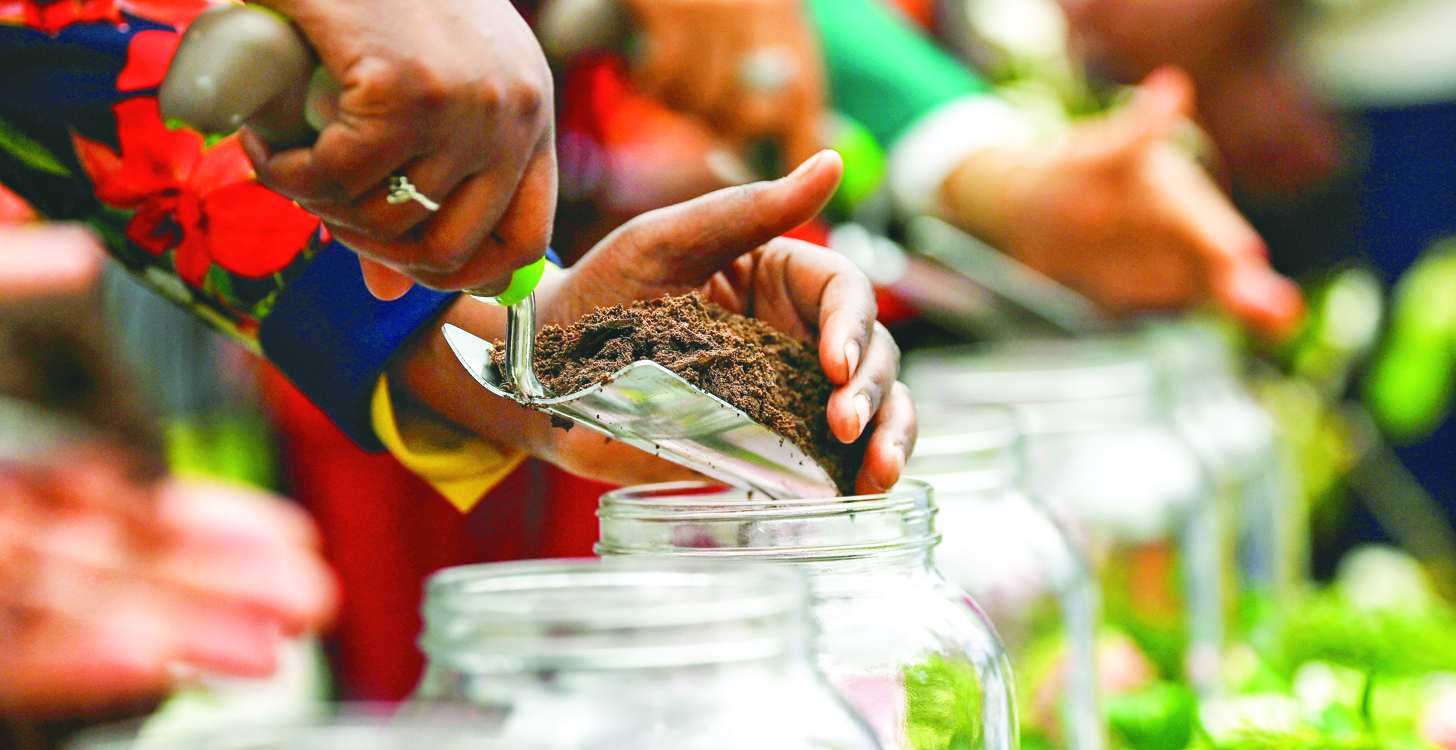by David Barol
Correspondent
TULSA, Okla., May 31, 2021—A century after one of the worst episodes of racial violence in American history, representatives of SGI-USA Oklahoma Region joined survivors, descendants and the greater Tulsa community in a dedication ceremony of a “Prayer Wall for Racial Healing.”
The interfaith event, which drew members of U.S. Congress, civil rights dignitaries and faith leaders, observed the centennial of the Tulsa Race Massacre (May 31–June 1, 1921) in which racially motivated mobs burned to the ground the prosperous all-Black neighborhood of Greenwood and killed many of its citizens. Amid the charred ruins, the basement of Vernon AME Church provided shelter for survivors.
An exterior wall of the church’s basement—the only part of the building to survive the 1921 massacre—was restored and dedicated during the ceremony as a prayer wall, where all could come to heal. SGI member Marta Reiman, of Tulsa, was among the interfaith representatives to share remarks at the event.
She spoke of how Soka Gakkai means “Value Creation Society,” and that Nichiren Buddhism is a philosophy of humanism enabling all people to find happiness and purpose while uncovering their deepest, most authentic selves.
Citing Ikeda Sensei’s words that “there [is] no other solution to the problem of racial discrimination than realizing a human revolution in each individual,”[1] Ms. Reiman called on the audience to be the “protagonists to enable America to become a society of beauty, unity and peace. It starts with each of us!”
Those in attendance were then invited to chant Nam-myoho-renge-kyo for one minute, filling the historic landmark with the rhythmic sounds of daimoku.
References
- The New Human Revolution, vol. 1, revised edition, p. 160. ↩︎
You are reading {{ meterCount }} of {{ meterMax }} free premium articles

